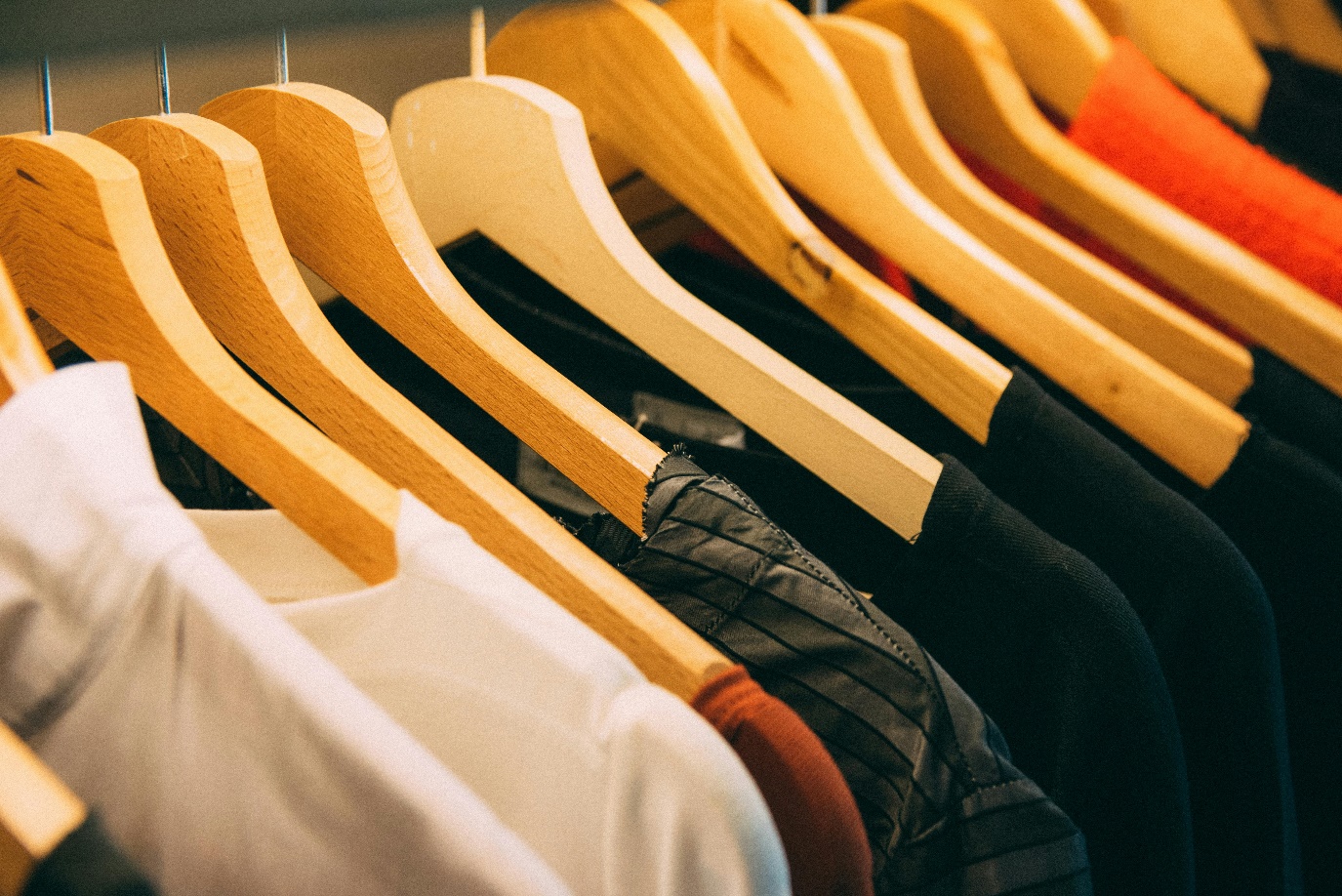
Fashion is the largest B2C eCommerce market segment, projected to reach $1.1 trillion by 2027.
In recent years, many well-known fashion retailers have faced the threat of bankruptcy due to the financial hardships induced by Covid-19. The common mistake of these declining companies has been their failure to implement new technologies that deliver a more personalized shopping experience for customers.
A large number of fashion retailers are expected to invest in AI in the coming years as a way to boost sales, provide more relevant marketing, and keep up with modern customer demands.
Here are some ways AI can be implemented in the fashion business.
AI-GENERATED MODELS
To produce high-quality product photos for their commercial websites, fashion companies traditionally need to hire photographers, models, photo studios, stylists, makeup artists, and a post-production team. With AI-generated models, all of this won’t be necessary and photo production can be reduced by a significant 70%.
Generative AI allows fashion retailers to create models of various ethnicities and body types, with customizable hair and facial features. These AI-generated models are flawless, eliminating the need for manual retouching to fix imperfections in post-production.
Modern consumers are more likely to engage with brands that reflect their cultural values, and AI-generated models can help brands cater to this growing demand for diversity.
AI VIRTUAL FITTING ROOMS
Fashion retailers that introduce AI-powered virtual fitting rooms in their online stores can help customers address any doubts about whether the items they see on their screens will fit them.
Using a virtual fitting room, customers can scan their body shape via a live video feed and overlay selected clothes or accessories. They can then check the size, style, and fit of the products they’re considering purchasing— all from the comfort of their homes.
AI-powered virtual fitting rooms can help fashion eCommerce businesses reduce returns and provide a more environmentally friendly solution by minimizing unnecessary shipping.
TREND PREDICTIONS USING AI
With the rise of individualism and niche aesthetics, larger companies have less influence over shaping the fashion trends that customers find desirable. Instead, many brands have started focusing on reflecting customer demands by incorporating AI into their data analysis.
With every click and purchase, online shopping data is collected and afterwards is sifted by AI to generate generalized and meaningful insights.
Some brands have begun using AI to analyze social media trends, combining them with their customers’ preferences to deliver personalized yet up-to-date product recommendations.
This helps brands avoid excess inventory and ensures that items will sell in the upcoming season.
CONCLUSION
Fashion commerce has evolved alongside technology over the decades, transitioning from mail-order catalogs to online shopping.
A key factor that successful and long-lasting fashion companies share is their ability to push the boundaries of personalized customer experiences.
As consumers become more individualistic, AI tools will play a crucial role in meeting their diverse and specific needs.
Sources:
https://www.statista.com/statistics/1298198/market-value-fashion-ecommerce-global/
https://www.appnova.com/how-ai-is-transforming-the-fashion-ecommerce-industry/
